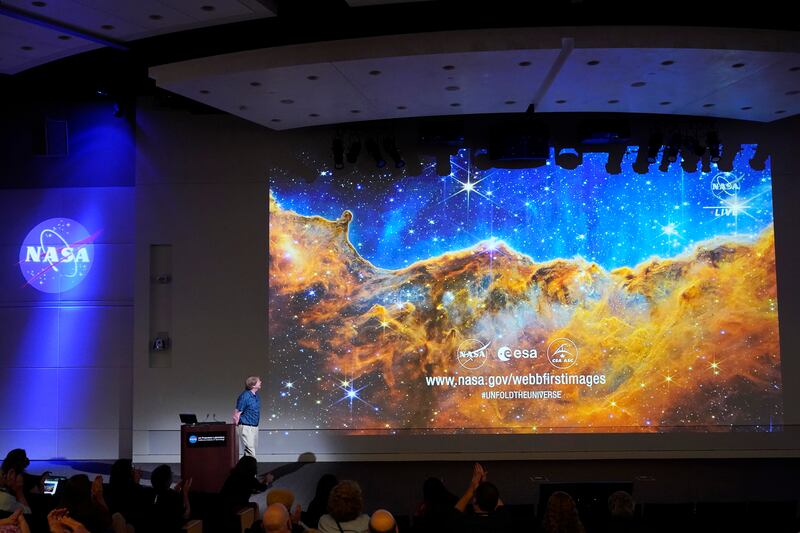The James Webb telescope’s X account recently released new photos of spiral galaxies that were added to an international project called the Physics at High Angular resolution in Nearby GalaxieS, or PHANGS, program and left some members of the scientific community awestruck.
What excites scientists the most is the detail captured in the James Webb telescope’s images.
As Janice Lee from the Space Telescope Science Institute in Baltimore said, per the Webb Space Telescope website, “Webb’s new images are extraordinary. They’re mind-blowing even for researchers who have studied these same galaxies for decades. Bubbles and filaments are resolved down to the smallest scales ever observed, and tell a story about the star formation cycle.”
According to the BBC, the James Webb Telescope went into orbit two years ago, with sensitive instruments that can look farther and find older galaxies than Hubble could.
The makings of a galaxy
Each photo from the telescope contains millions of stars. The James Webb telescope took these photos in infrared vision, creating the colorful images that were shared on X.
The stars have a blue hue, whereas gas and dust have a red hue, per CNN.
But scientists say what blew them away the most in the new images was the large bubble-like figures within the gas and dust.
Adam Leroy, a professor of Astronomy at Ohio State University, said, “These holes may have been created by one or more stars that exploded, carving out giant holes in the interstellar material,” per Webb Space Telescope.
To find the galaxies with black holes in the center, Webb Space Telescope said to look for the ones with pink and red coloring at the center.
What makes James Webb telescope photos unique?
With the help of new images, the PHANGS program was able to release a catalogue of about 100,000 star clusters, the biggest star catalogue to date, according to Webb Space Telescope.
Leroy said, “By precisely cataloging all types of stars, we can build a more reliable, holistic view of their life cycles.”
The program also provided images showing galaxies that were captured by both Hubble and Webb.
Top images from the James Webb telescope
Here are posts from the James Webb telescope’s official X account that highlight its other contributions to the scientific community.

